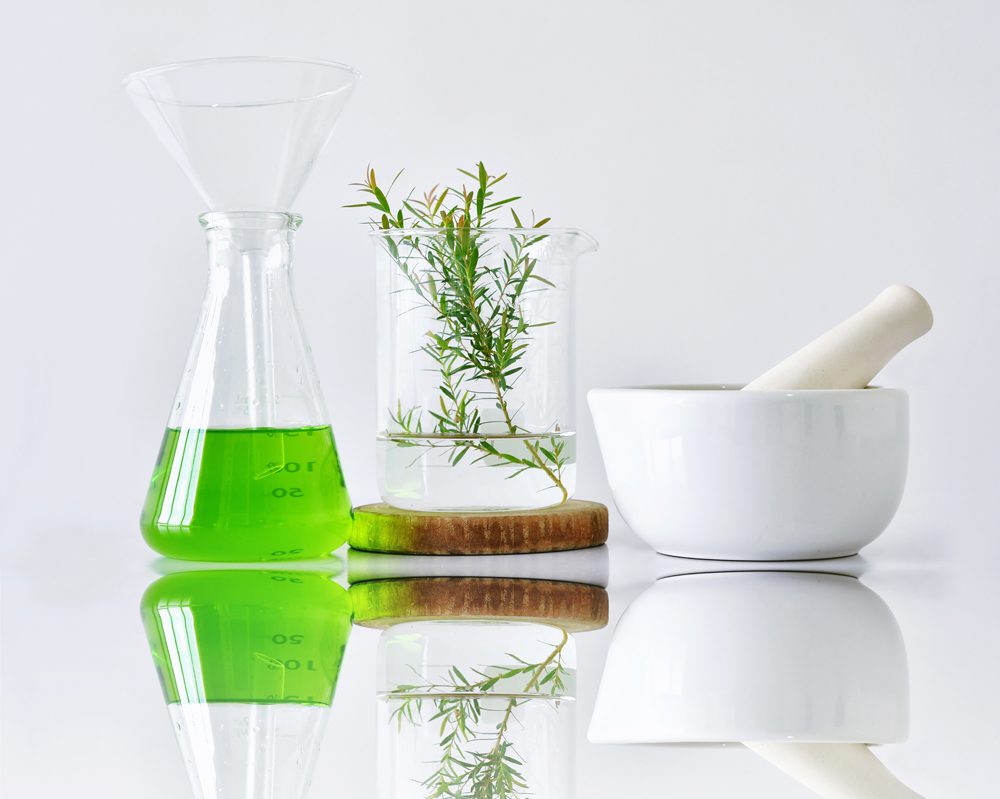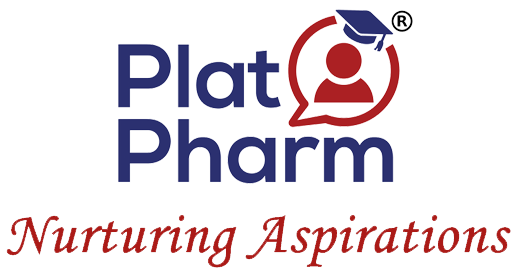
Long before the appearance of laboratories and drugstores, man used natural products to cure, treat, and ameliorate the symptoms of diseases. India, specifically, has had a cornucopia of herbal and Ayurvedic medicines that have originated thousands of years ago.
Today, the use of nutraceuticals is swiftly gaining popularity (over 65,000 different nutritional supplements are marketed in the US alone), so much so that the nutraceutical industry is deemed as ‘a sunrise industry’.
Nutraceuticals, the word being a combination of ‘nutrition’ and ‘pharmaceuticals’ coined by Dr. Stephen de Felice, are products that confer certain medical benefits along with their nutritional benefits. The medical benefits of nutraceuticals range from certain physiological benefits, to helping in protection against various chronic disorders as well as in curing some diseases. They are used to promote optimal health, longevity, and quality of life. Being natural and devoid of any major side effects is what makes nutraceuticals as a favorable choice in recent years.
Nutraceuticals may be classified as traditional - consisting of nutrients, herbs, phytochemicals, enzymes or probiotic enzymes, or non-traditional - consisting of general foods fortified with additional nutrients, and foods whose constituents have been maximized using recombinant DNA technology.
Until recently, nutraceuticals were considered to be a part of the pharmaceutical industry with all products being categorized under the latter. The growing consumer awareness and the need to establish this as a separate group by its marketeers has led to the birth of this new segment in India. Hence, at this juncture, it is important to appreciate the key differences between nutraceuticals and pharmaceuticals.
Pharmaceuticals, usually consisting of synthetic moieties, are administered in specific doses and are aimed to fight a specific disease. On the other hand, nutraceuticals lack the discipline of regular dosage, do not necessarily need a prescription to be procured and aim to aid the body in its natural recovery in a general sense.
Pharmaceuticals have to be mandatorily approved by the FDA, be patent protected and comply with other stringent regulations for sale. However, nutraceuticals do not necessarily bear the same burden of stringent approval.
As Indians, we are very familiar with a lot of foods, spices, and herbs that have medicinal benefits. These include turmeric, triphala, ginger, garlic, etc. Apart from these, natural herbal products are largely promoted in India, owing to the belief in systems like Ayurveda, Siddha, Unani and Homeopathy.
Furthermore, the modern Indian nutraceutical market includes functional foods, beverages and dietary supplements. Dietary supplements alone contribute to over 65% of this market, with a growth rate of 17%.
In 2017, India held only 2% of the global nutraceutical market, the top players being in this sector being the USA, Japan and Europe. These nations, even today, account for over 90% of the total market. By 2023, it is expected that India will increase its global market share to 3.5%, with an estimated valuation of about USD 11 billion. India is also expected to be the fastest-growing market in the Asia Pacific.
“The Indian nutraceuticals market is expected to grow from $4 billion in 2017 to $18 billion in 2025,” says an ASSOCHAM report from 2018.
The fact that India is growing leaps and bounds in this sector can be attributed to various drivers.
- India is fervently aiming to eliminate malnourishment, which has led to the announcement of numerous schemes and programs and also the allocation of resources for nutrition related programs. The importance of having a healthy population has further been emphasized by the COVID-19 outbreak.
- The Indian market behavior has seen a shift from curative to preventive. This can again be owed to the pandemic, which has brought to the forefront the word immunity. Supplements and immunity boosters are now a part of the daily regime of many Indians.
- The wealth of knowledge that India possesses regarding natural and herbal products is assisting the expansion of the nutraceutical sector.
- India has a global presence in pharmaceuticals with a number of companies engaged in global operations. Many international companies have large-scale manufacturing facilities in India. India also has the largest number of US FDA approved plants located outside the US. All of these, naturally attest the high-quality manufacturing standards of our nation.
- The nutraceuticals have also drawn the attention of venture capitalists and this sector has been hailed as a significant contributor to the GDP of the country.
These factors, coupled with the huge consumer population, abundance of cheap manpower, presence of a large coastline to facilitate trade and a profusion of raw materials, together make India a serious player in this up-and-coming industry.
Following the current trends, the nutraceutical industry also promises to promote environmental well-being by introducing vegan products and plastic-free packaging, and eliminating the production of waste. It also aims to undertake a pro-planet approach to manufacture and sell its products, including sustainable alternatives for sourcing and processing materials.
The pharma industry is mainly focused on the clinical aspects and is largely research-driven, whereas the nutrition food industry only occasionally quotes the scientific evidences and focuses more on the nutritional aspects. A merger of these two industries, an amalgamation of nutrition and clinical research, is sure to make ripples, just what the nutraceutical industry is currently doing.
This blend also creates an array of opportunities for pharmacists to embrace this industry and apply their knowledge from disciplines like pharmaceutics, pharmacognosy and pharmacology.
From formulation to packaging and marketing, both pharmaceuticals and nutraceuticals are quite similar. Pharmacists have a great role to play in this emerging industry and with a few additional skillsets one can make a comfortable entry or transition to the new sunrise in the healthcare sector.
References:1. www.ods.od.nih.gov/Research/Dietary_Supplement_Label_Database.aspx
2. www.steadfastnutrition.in/blogs/news/nutraceutical-vs-pharmaceutical
3. www.ncbi.nlm.nih.gov/pmc/articles/PMC4336979/
4. www.nutraingredients.com/Article/2012/04/20/The-father-of-nutraceuticals-The-placebo-effect-is-real
5. www.pharmaevent.wordpress.com/2019/01/07/nutraceutical-vs-pharmaceutical-whats-the-difference/
6. www.investindia.gov.in/team-india-blogs/growing-nutraceuticals-market-india
7. www.pureecoindia.in/natural-organic-product-trends-for-2020/
8. www.expresspharma.in/six-reasons-why-india-is-poised-to-be-a-global-leader-in-nutraceuticals/
9. www.hindawi.com/journals/aps/2019/6908716/
10. www.trade.gov/market-intelligence/india-nutraceuticals-industry
11. www.health.economictimes.indiatimes.com/news/pharma/nutraceuticals-in-india-a-game-changing-opportunity-in-the-healthcare-and-food-industry/74512687

